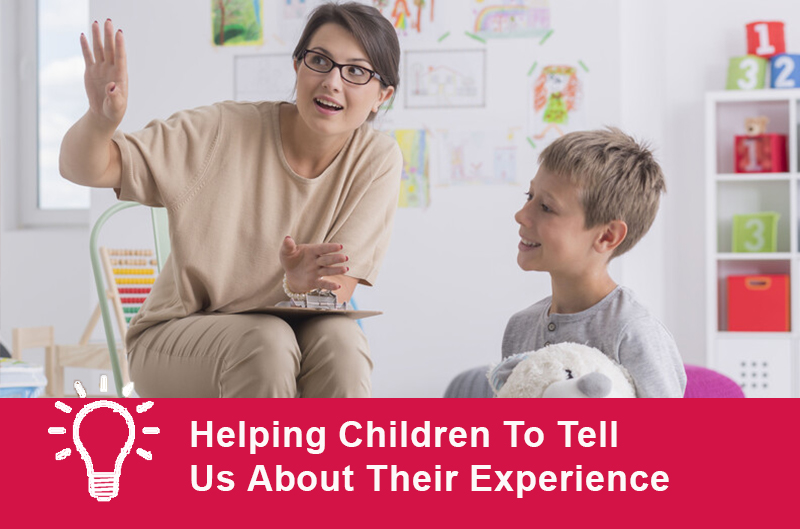Helping Children To Tell Us About Their Experience
The Carlat Psychiatry Blog, Volume , Number ,
https://www.thecarlatreport.com///
There are some ways to help you assess the type of anxiety that leads to inattention. Consider the following tips, which we’ve excerpted from an article from The Carlat Child Psychiatry Report newsletter: Catalog. Work with the child to develop a list of activities in which the child is calm and or alert and does well, and another list of things that are difficult for the child, when the overall level of arousal is too high. Then talk about this data with parents and teachers to help them know when the child needs more support. Replace questions with statements. In talking with an anxious child, avoid the question form of inquiry. Questions create new demands of the child and can increase their anxiety. Statements are usually less anxiety provoking and allow the child an opportunity to correct you. For example, instead of “Why are you so angry?” you might say: “I can see that you are really angry. Help me understand why.” The child might tell you why, or correct you and say, “I’m not angry, I’m scared because . . .” You can get a lot more information by taking this humble stance. Use “we” language. Have adults use phrases such as, “We can figure this out.” This is different from telling the child, “You need to . . .,” or “I’m going to . . .,” both of which will often raise anxiety levels and make it harder for the child to talk with you. Stating that you are solving the problem can keep the child from building a sense of competence. Adults need to adjust their own intensity. In most instances, adults should stay calm and empathic, and not use a lot of words. That allows the child to calm down. When this calmer approach does not work, the child might be feeling that you don’t understand their distress. In that case, consider turning up your empathic intensity to a point where the child can see that you are concerned. Do not become too intense—give the child a model for settling down a bit. Keep calm in therapy. There are many types of therapies designed to help children with anxiety, including cognitive behavioral approaches, psychodynamic psychotherapies, play therapies, and supportive care. Most of these recommend a calm, clear, and patient approach. But anxious children often seem defiant and elicit harsh limit setting in the adults around them. This typically results in worsening symptoms. Even if the child complies with a harsh approach, the heightened arousal it creates makes for poor generalization and adaptability to new challenges. Carefully consider medication. Medication alone is not likely to address the child’s problems, but it sometimes makes therapy and daily management more successful. When using medication for anxiety, think about arousal levels and consider use of central alpha agonists, such as guanfacine before resorting to SSRIs, which may have more side effects such as behavioral activation and create even more unintended problems. Other medications to consider include beta blockers, such as propranolol and—when used with care—occasionally the older tricyclic antidepressants. We do not recommend benzodiazepines, except for catatonia or pre-procedural anxiety. Subscribers can read the full article in The Carlat Child Psychiatry Report.



Leave A Comment
You must be logged in to post a comment.